Do Skydivers Have Backup Parachutes?
Skydiving Safety
Posted by: Wisconsin Skydiving Center 1 year ago
Do skydivers always have a backup parachute? YES! This is a timidly asked question we get a whole lot, so let’s clear up some misconceptions. Solo and tandem skydivers will always have a secondary parachute as a backup option – that gives us a total of 2 parachutes, in case you’re keeping count. Backup parachutes, called a “reserve canopy” or simply a “reserve,” are required to be worn during every. single. skydive.
Let’s delve into a few specifics, why the reserve would need to be used, and what happens if you can’t deploy your reserve – ahh!!
How Many Backup Parachutes Does A Skydiver Have?
Each skydiving rig is equipped with a single reserve parachute. It would be a little silly, and potentially more dangerous, to jump with more than one extra canopy. Where would we put it … and, why stop at two extras when there can be 10!? Logistically, one is just the right amount.
What is the failure rate of reserve parachutes? What happens if your backup parachute fails? Slowwww your roll, friend. We don’t want to get all mathematical on you but, statistically speaking, the chances of a reserve failure are SO low that there’s not even proper data on it (and the USPA — United States Parachute Association — tracks a lot of statistics).
That being said, skydivers pride themselves on being 1000% prepared for any and every situation. In the event of a reserve failure, the skydiver will use their skill, their inside-out knowledge of their gear, and their will to survive to get the canopy in position for a safe landing.
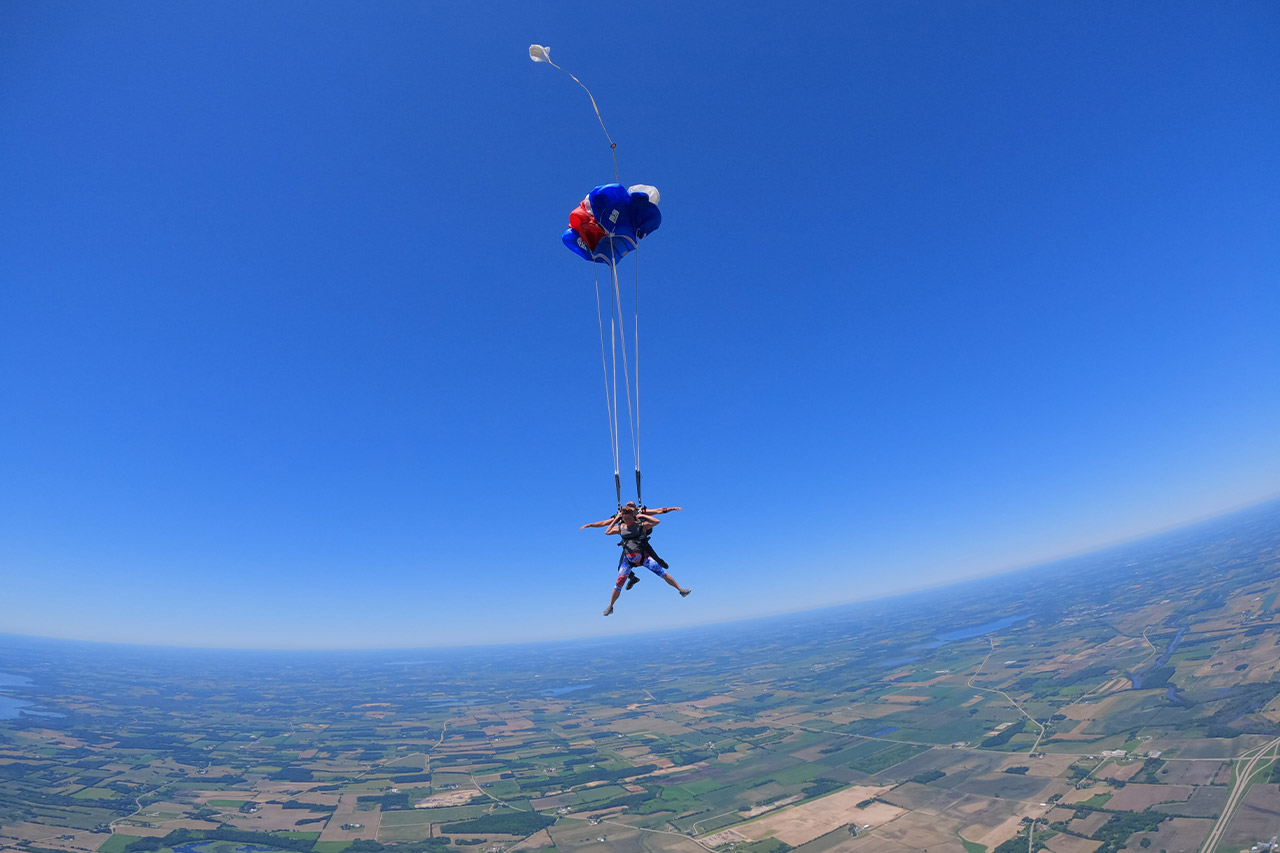
Who Can Pack A Parachute?
A main canopy can be packed by either A) the person who will use it next, B) someone under the direct supervision of an FAA-certified rigger, or C) an FAA-certified rigger. Now, who can pack a reserve parachute? ONLY an FAA-certified rigger. The FAA (Federal Aviation Administration) is a US government agency that oversees all aviation, including skydivers.
The law requires a reserve to be repacked by an FAA-certified rigger every 180 days. This means that every 180 days — regardless of whether it has been deployed or not — the reserve canopy is unpacked from the rig, thoroughly inspected, repacked, and sealed with the rigger’s seal, which prevents any tampering until the next repack/inspection is due.
Main canopy pack jobs can take as little as eight minutes, while reserve canopy repacks take a minimum of an hour – we don’t mess around!
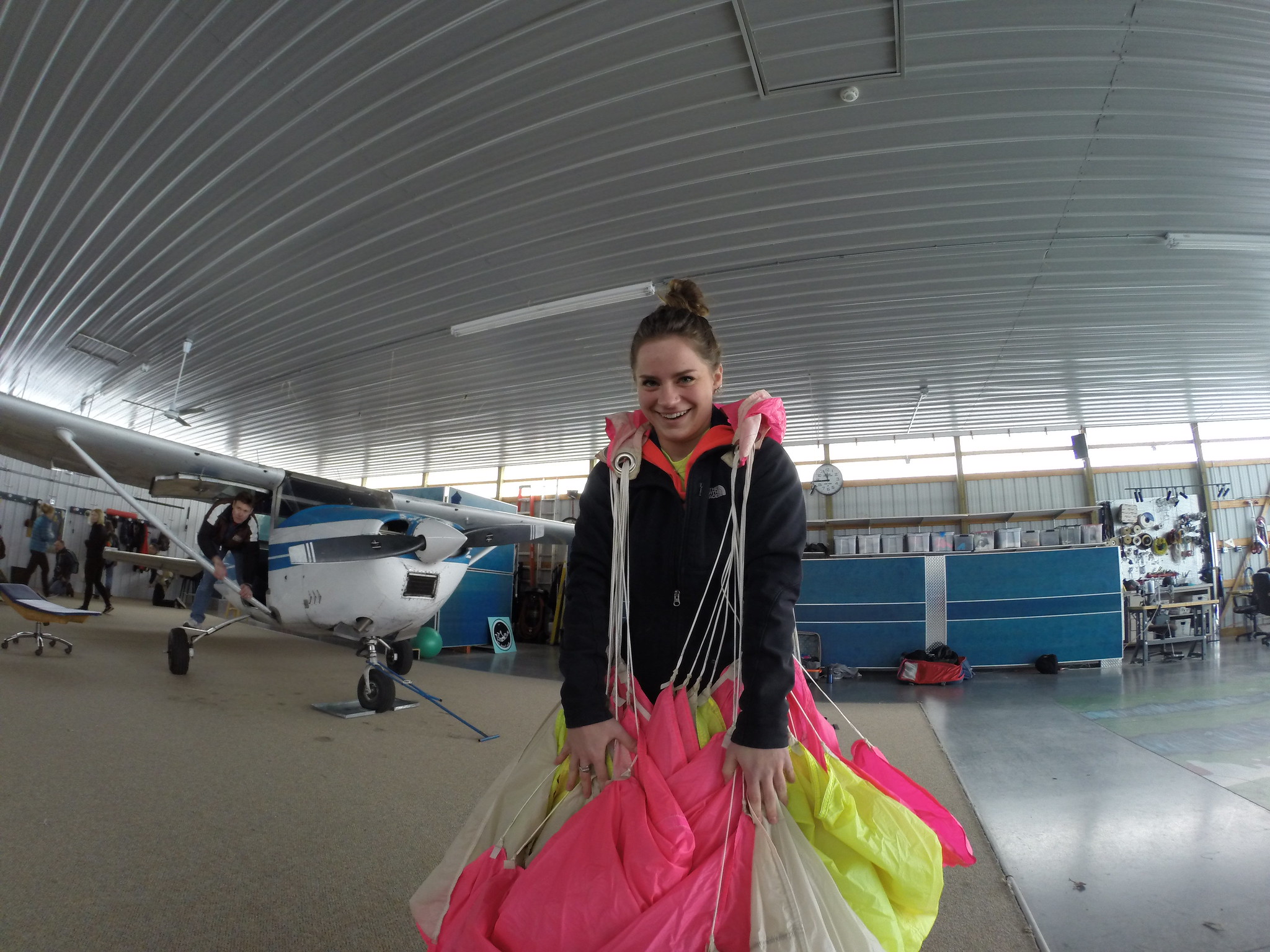
What Is The Failure Rate Of Skydiving Parachutes?
Main parachutes, or all parachutes really, are made to open. While they can malfunction, the probability of a parachute not opening at all is virtually unheard of. In most cases where a skydiver needs to use their reserve, it can be attributed to another type of parachute malfunction. The USPA reported one out of every 721 skydivers had to use their reserve in 2021. Why is that? Let’s look into the two types of malfunctions and how the reserve parachute comes in handy!
- Partial malfunction: Partial malfunctions are defined as the main canopy deploying from the skydiver’s back and having an issue. If the canopy decides not to fly as it was intended (annoying), the jumper has two options: 1) fix the issue prior to hitting their “decision altitude” or 2) initiate emergency procedures to cutaway the main and deploy the reserve. The majority of partial malfunctions are due to human error while packing the parachute or body position while deploying it, and are more often than not considered low speed.
- Total malfunction: A total malfunction is considered a high-speed malfunction and entails the main parachute not opening at all. In this instance, the jumper would immediately conduct their emergency procedures and deploy their reserve prior to their decision altitude. Two examples of total malfunction are a pilot chute in tow and an inability to deploy the parachute at all.
What’s a decision altitude? It’s exactly what it sounds like: the skydiver must assess the situation and decide what to do with their parachute by a predetermined altitude if deployment doesn’t go according to plan. Is the main canopy safely landable? Cool! Is the main canopy looking a little sketchy? Get rid of that thing!
What percentage of skydivers survive a malfunction? Malfunctions are so infrequently related to skydiving fatalities that there isn’t even a number to calculate. We can share this though — according to the USPA, of the 3.9 MILLION skydives made in 2022, 20 resulted in a fatality. Put in easier-to-digest numbers, that’s one fatality in 195,000 jumps or 0.0051 fatalities per 1,000 skydives. And the vast majority of these fatalities were as a result of an error made by experienced skydivers, not from a gear malfunction.
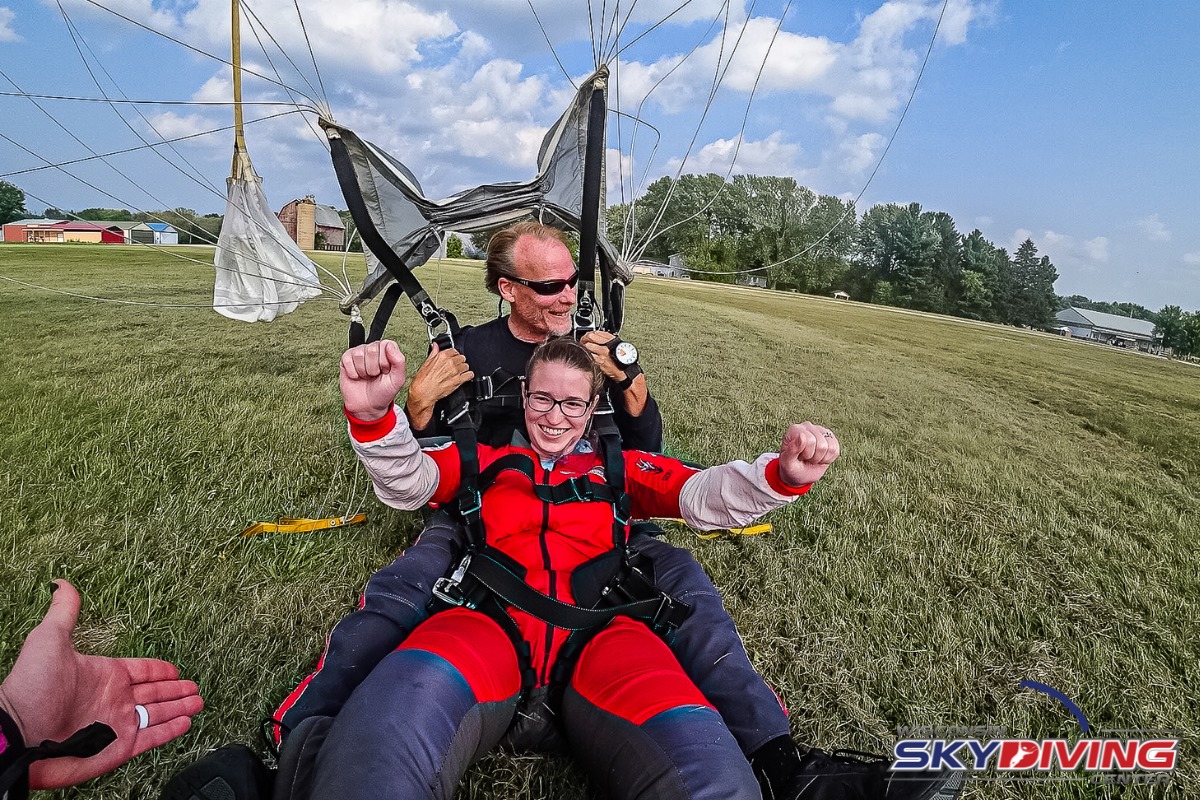
What Happens If You Can’t Deploy The Reserve?
Don’t freak out! There are two super nifty pieces of technology that most skydivers opt to utilize — and that every tandem rig in the country must have — the Automatic Activation Device (AAD) and Reserve Static Line (RSL).
- What’s an ADD? An Automatic Activation Device is a miniature computer secured inside the skydiving rig that is designed to automatically deploy the reserve in the event that the skydiver cannot. The AAD calculates air pressure, which tells it the altitude, and velocity. If the skydiver is too low and too fast, the AAD will fire and cut the reserve closing loop, allowing the reserve to deploy.
- What’s an RSL? A Reserve Static Line is a lanyard that attaches the main canopy risers (the part that attaches the canopy to the container) to the reserve ripcord. If the skydiver is only able to cut away their main canopy but not get to their reserve handle to deploy their reserve, the RSL is designed to simultaneously cue the reserve to the scene once the main canopy is cut away.
Why would a skydiver not be able to deploy their reserve? If the skydiver passes out! While these situations are far-fetched, skydivers are prepared for anything. AADs save lives!
We’re happy to answer further questions or give additional reassurances — don’t hesitate to reach out. Come see how awesome skydiving is and book your first tandem today!
Categories:
You May Be Interested In:
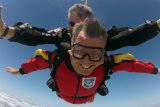
What’s a Skydiving AAD & Why It Matters
10 months ago by Wisconsin Skydiving Center

How Much Experience Do Skydiving Instructors Have?
11 months ago by Wisconsin Skydiving Center
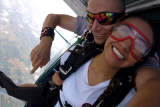
Is Skydiving Safe? Stats, Equipment & Your First Time
1 year ago by Wisconsin Skydiving Center

Complete Guide to Skydiving Gear & Equipment
1 year ago by Wisconsin Skydiving Center